

Max Davies
How Audi, BMW, Honda, Mercedes-Benz, and Suzuki started out in Australia, and where they are now
2 Hours Ago
There was a time when you’d be lucky to get a cassette player and a three-star crash rating in the cheapest car in Australia. Those days are gone.

News Editor
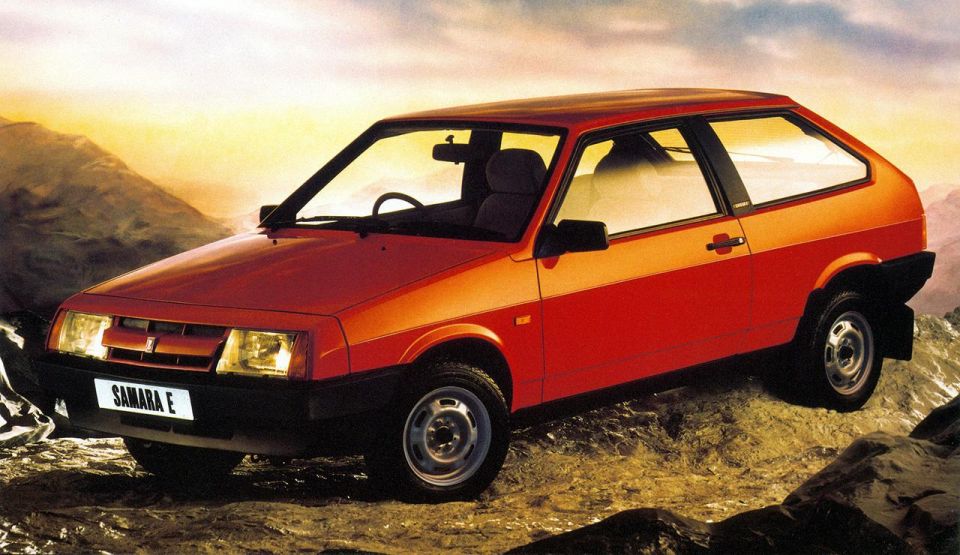

News Editor
In recent years, we’ve seen plenty of light and micro cars leave the Australian market, and others go up in price. Compared to options in this segment historically, however, those remaining are in many cases better value (and just plain better) than you’d think.
Right now, the Kia Picanto and Mitsubishi Mirage share the title of cheapest car in Australia, at least in terms of drive-away pricing. Both retail for $16,490 drive-away, though the Picanto’s before on-roads price of $14,690 narrowly pips the Mirage.
For that outlay, both offer a touchscreen infotainment system with Android Auto and Apple CarPlay, autonomous emergency braking, a reversing camera, air-conditioning, power windows, anti-lock brakes and front, front-side and curtain airbags.
The Kia has a four-star ANCAP rating while the Mitsubishi has five stars, though it was tested earlier.
Their price tags are higher than previous holders of the cheapest car title, though as you’ll see entry-level car buyers are doing better than before. Let’s take a look at the last three decades of Australia’s cheapest car.
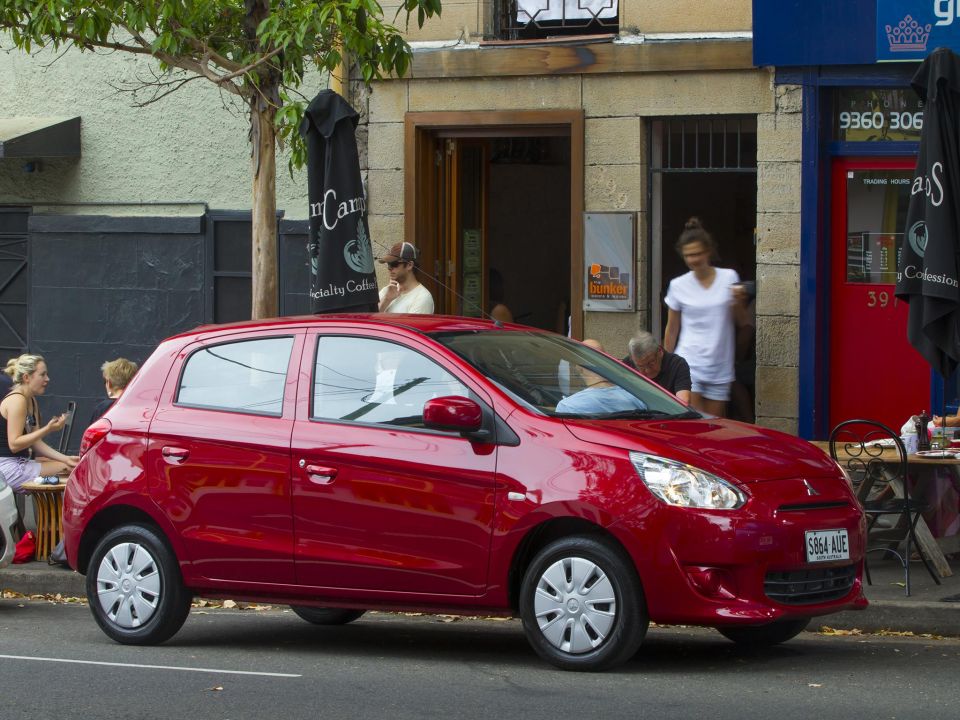
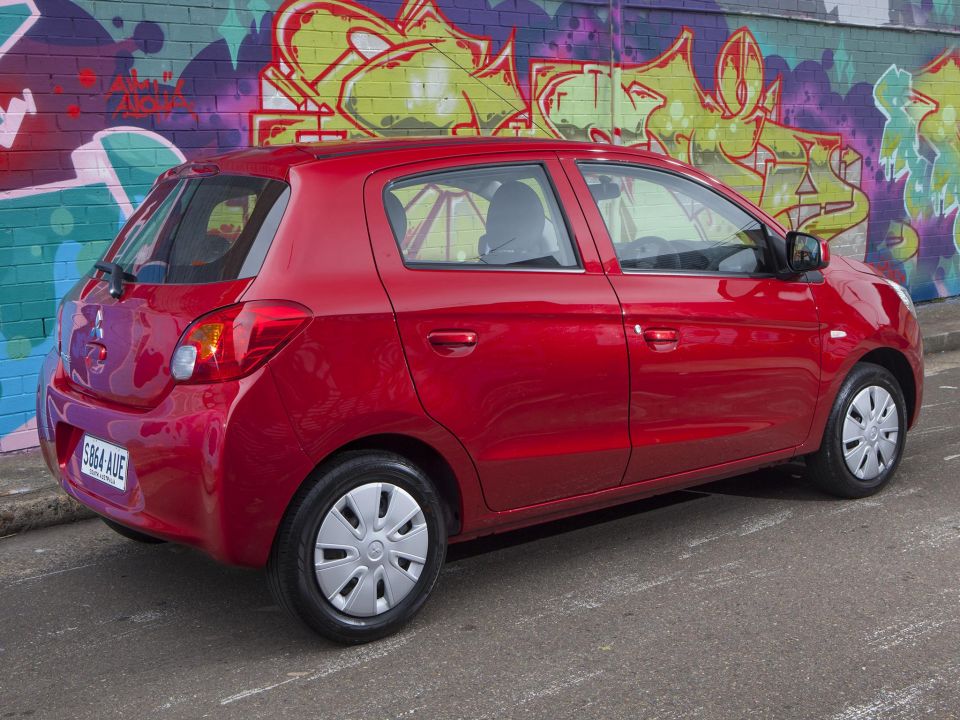
The current Mirage may still be the (equal) cheapest car in terms of drive-away pricing, but for a time it was Australia’s cheapest car, period.
Launched in 2014, the Mirage offered the same 1.2-litre three-cylinder engine (57kW/100Nm) as this year’s updated model. However, it lacked autonomous emergency braking and a reversing camera, not to mention a touchscreen.
It boasted a much lower price, launching at $11,490 before on-road costs. That gradually ticked up over the pre-facelift model’s run to $12,250, before ending its run at $13,990 before on-roads. Despite the keen price, it still offered ABS and a raft of airbags.
Even at its low, low launch price, the Mirage was briefly challenged by the Chinese Geely MK. Its $8999 drive-away pricing wasn’t permanent, however – instead, it was fire-sale pricing as Geely departed the Australian market.
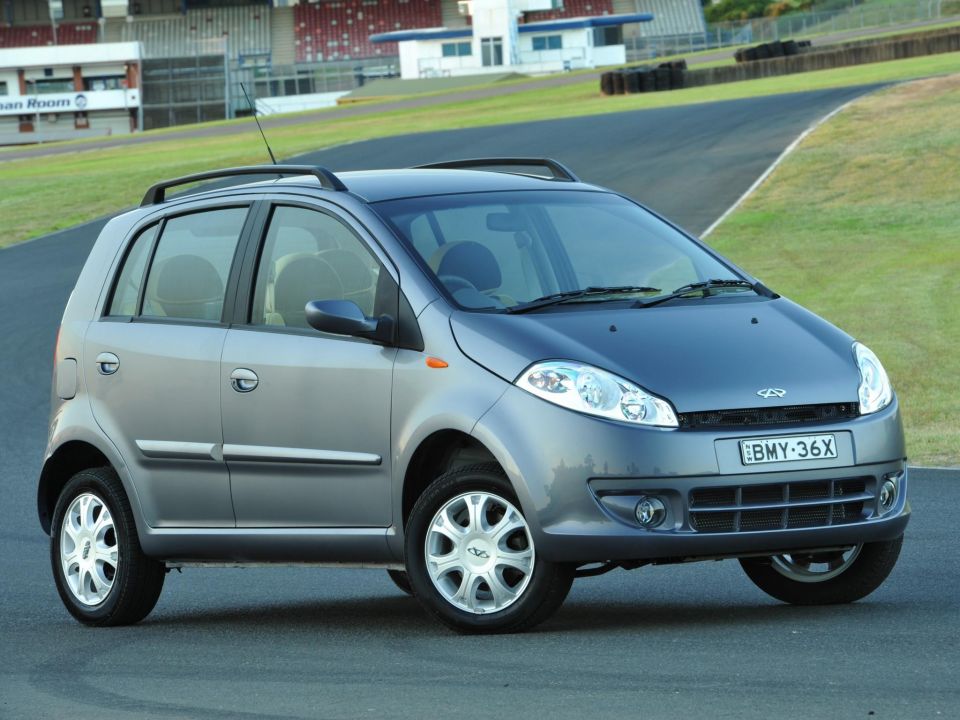
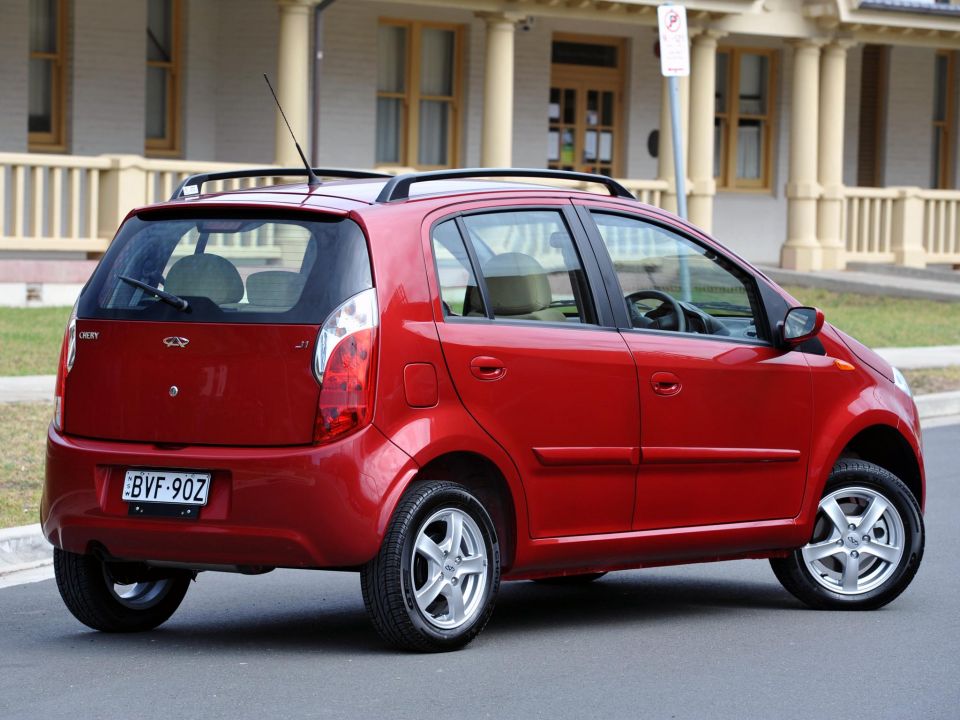
The Mirage took over from the Chery J1. Launched in 2011 with an sharp price of $11,990 before on-roads, slow sales of this Chinese cheapie forced the local distributor to slash its price to $10,990 drive-away, and then flog it for a mind-boggling $9990 drive-away. Even the larger J3 was slashed to $12,990 drive-away.
For that pittance, you got a naturally-aspirated 1.3-litre four-cylinder engine (62kW/122Nm) and a five-speed manual, though you had to shell out for pricier 95RON premium unleaded fuel. It was relatively frugal though, with a combined cycle rating of 6.7L/100km.
There were only two airbags (and a three-star ANCAP rating) but you did get 14-inch alloy wheels, a six-speaker sound system, power windows, and remote-central locking. What you didn’t get was a familiar brand name, and Chery ended up withdrawing from the Aussie market entirely.
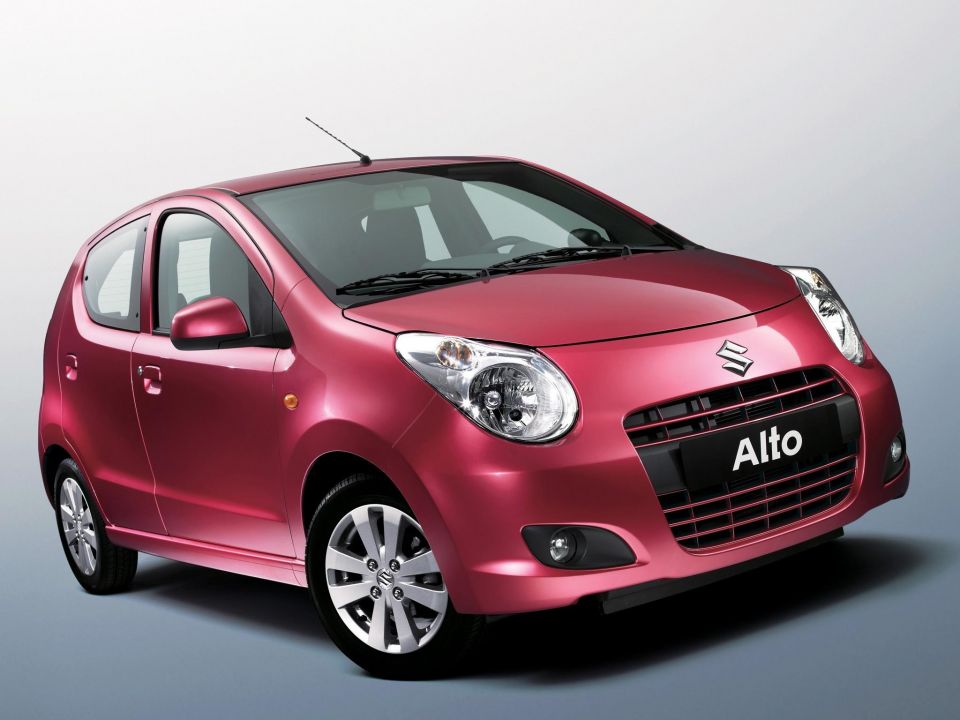
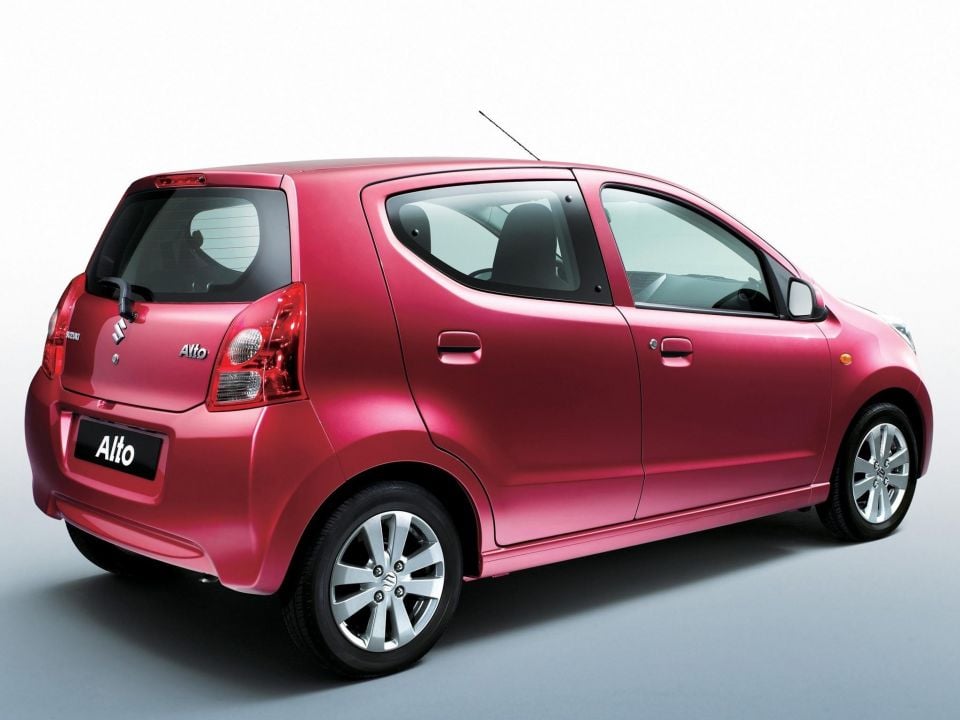
Suzuki has offered its Alto light car on and off for the past few decades, though it’s never been as successful as the larger, more expensive Swift.
Most recently, the Indian-built five-door hatchback was sold between 2009 and 2014. It offered cute styling, bright colours like Fortune Rose, and – even more tantalisingly – the lowest price of any new car in 2010 and 2011: just $11,790.
Its 1.0-litre three-pot produced just 50kW of power and 90Nm of torque, though it was a featherweight at just 880kg.
That helped it sip fuel to the tune of just 4.7L/100km when equipped with the standard five-speed manual, though like the Chery J1 it required 95RON premium unleaded.
Unlike the Chery, the Alto offered the option of a four-speed auto. There were also four stars in its ANCAP rating, and standard equipment included dual airbags, ABS, a CD player, front power windows, and a two-speaker sound system with iPod input.
It was a rather pleasant little city car and if you wanted more kit, there was a higher-spec GLX model that still boasted a fairly low price.
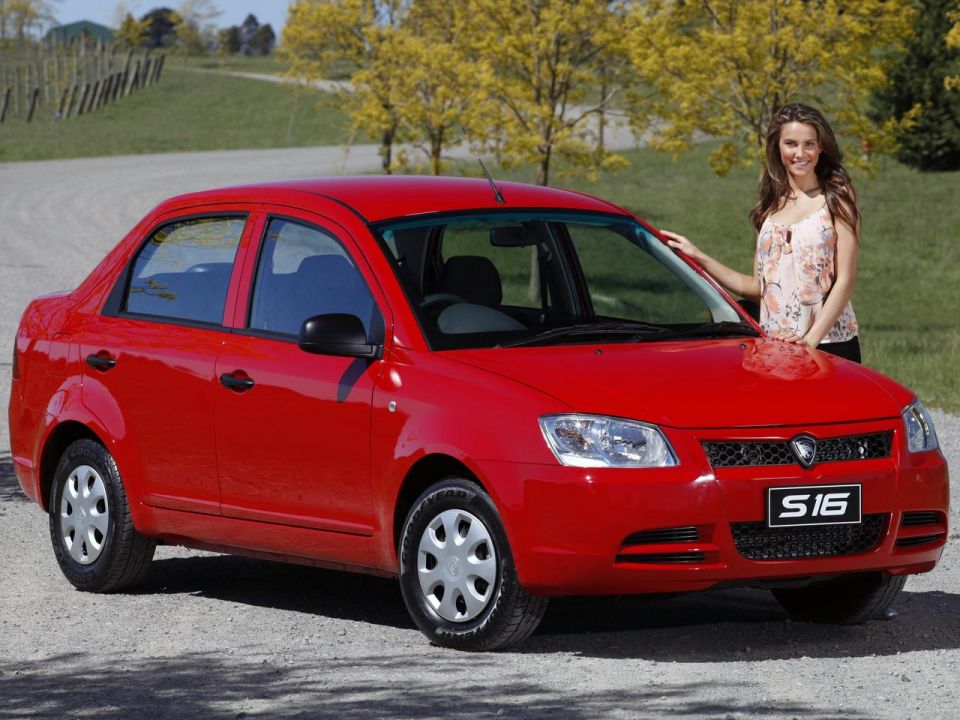
As a sedan, the S16 is an outlier in this list. Its styling resembled either a 4/5ths Holden Barina sedan or one of those generic, unbadged cars you see in advertisements, though it was hardly offensive.
Priced at $11,990 drive-away, it undercut the Savvy hatchback. Despite this low price, it still packed a decently powerful 1.6-litre four-cylinder (82kW/148Nm) and a five-speed manual transmission, with combined fuel economy of 6.3L/100km.
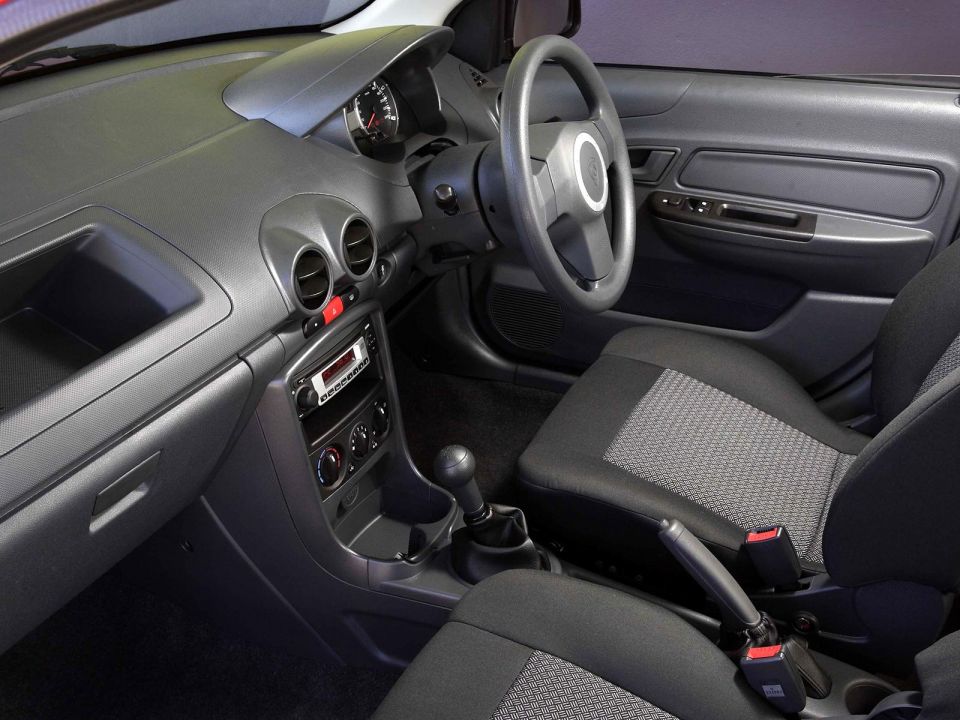
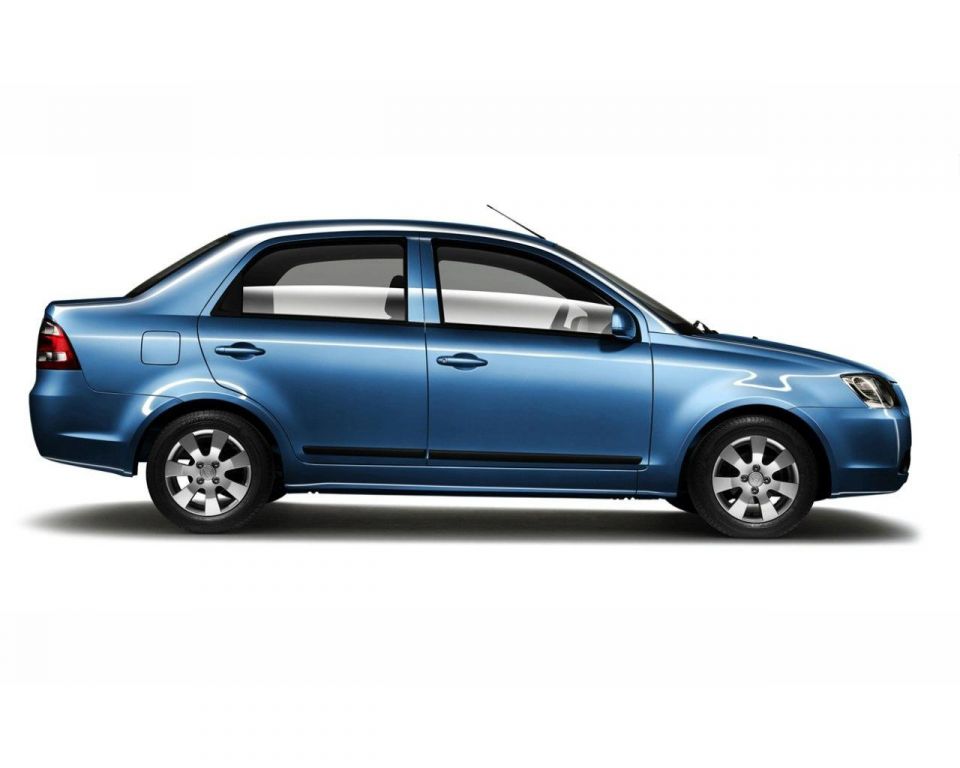
It was also quite a bit larger than other cheapies, boasting a spacious boot and a 4257mm long body – that was 757mm longer than the Alto.
Power front windows and a CD player were standard but the 2009 S16 had only a driver’s airbag. A passenger’s airbag was later available in the top-spec GXR which cost another $3000 more, a frustrating decision by Proton.
The three-star ANCAP rating was also nothing to write home about, though the S16 reportedly wasn’t a bad steer thanks to Lotus’ influence.
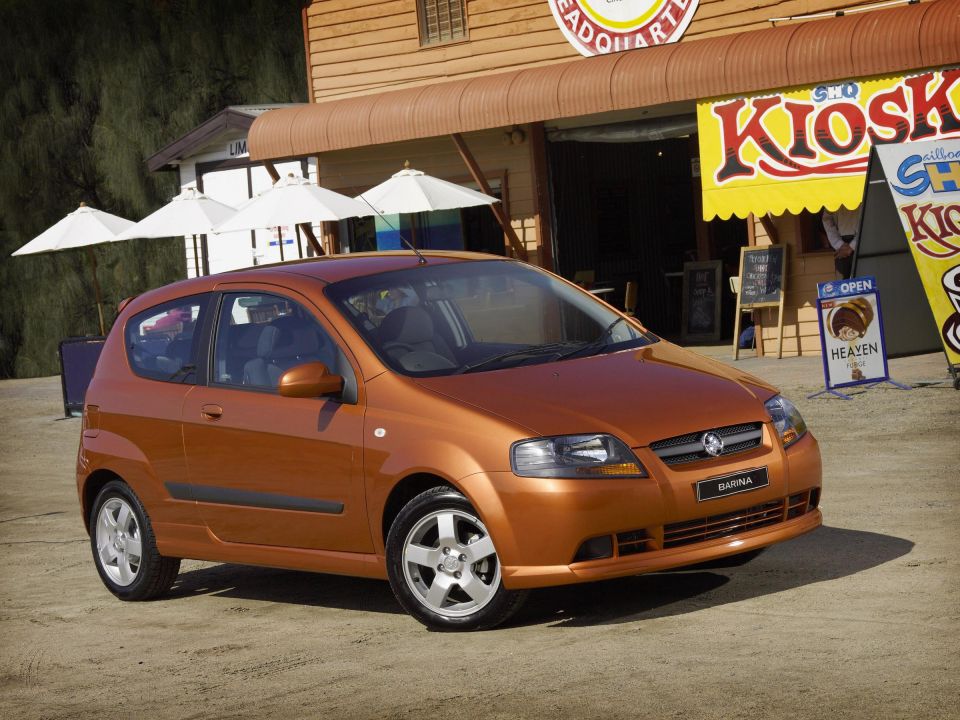
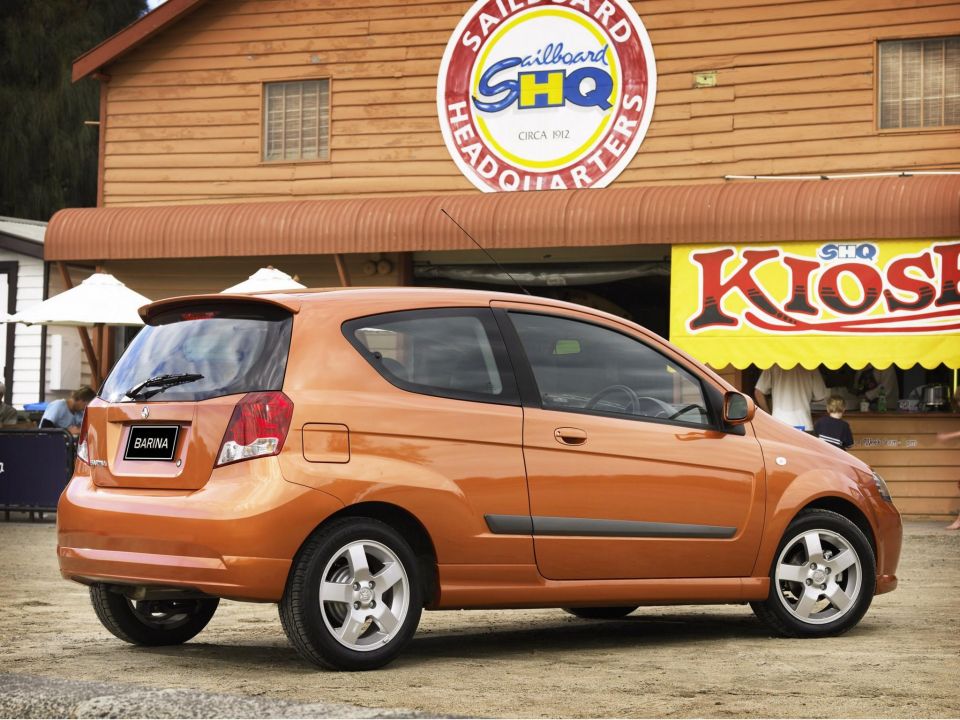
Holden received a lot of scorn when it revealed it was switching from using the critically-acclaimed Opel Corsa to the average-at-best Daewoo Kalos for its Barina nameplate. The switch to the Korean model, however, allowed Holden to offer a much lower base price than before and, for a few years at least, the cheapest car in Australia.
Priced at $13,490, the base three-door Barina offered dual airbags, power front windows, a CD player, a six-speaker stereo and even air-conditioning. Under the bonnet was a 1.6-litre four-cylinder (76kW/145Nm, 6.9L/100km) mated to a five-speed manual transmission; a four-speed auto was optional.
What it lacked, however, were side airbags and anti-lock brakes. It received a shameful two-star rating from ANCAP, scoring just 4.39 out of 16 for the frontal offset test. Safety enhancements were made for 2009 but by then, other cheapies had arrived to steal the title of Australia’s cheapest car.
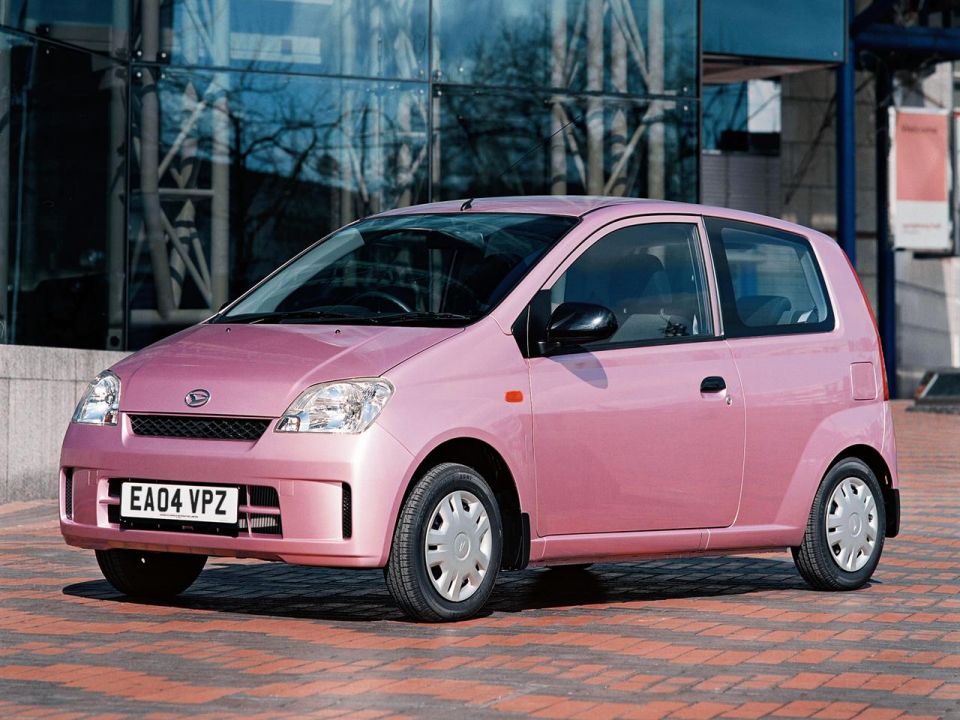
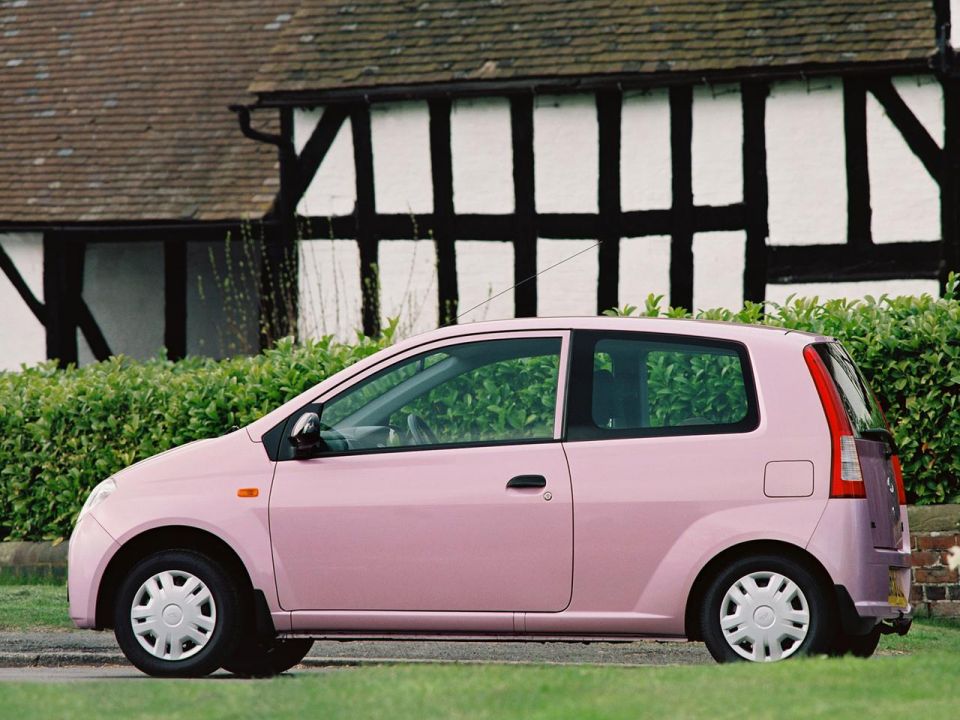
As Mitsubishi would do later with the Mirage, Daihatsu dusted off a celebrated light car name to use on a micro car.
With the Sirion doing battle in the segment the Charade occupied for over a decade, Daihatsu decided to recycle the old name for a three-door hatchback to replace the Cuore here. It lasted just three model years, with Daihatsu pulling out of the Australian market in 2005.
For its low, low price of $11,950 you got a 1.0-litre three-pot (40kW/89Nm) and a five-speed manual, though a four-speed auto was optional. Combined fuel economy was 5L/100km and you got a decent amount of kit – dual airbags, central locking, power steering, and front power windows.
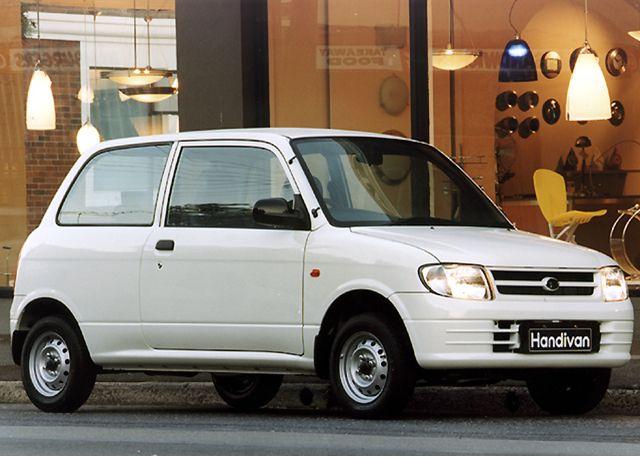
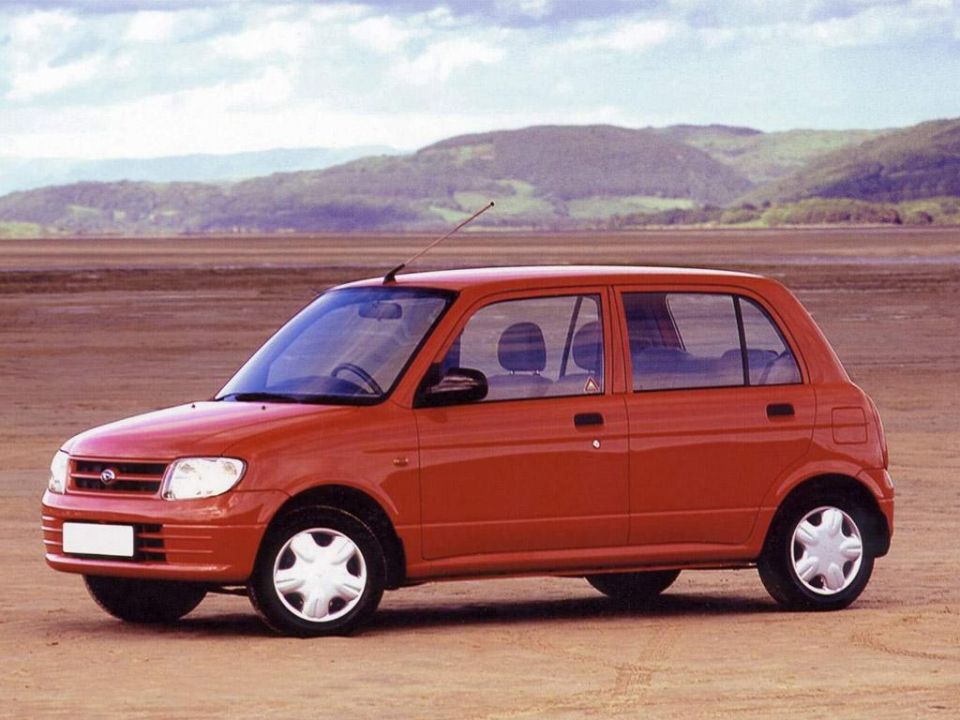
Though they feature different names, the Cuore, Charade and Handi/Handivan were all names for Daihatsu’s long-running Mira line. The Handi/Handivan were also available in better-specified Charade Centro and then Cuore models.
The Handivan (later renamed Handi) was a throwback to the 1980s, when various Japanese car companies introduced small “vans” – hatchbacks without rear seats – to take advantage of a loophole that let companies sell them as commercial vehicles and therefore avoid higher duties and more onerous safety standards.
To the very end, these were spartan vehicles with even a radio optional. Fortunately, the final Cuore-based Handi at least had dual airbags standard, if very little else.
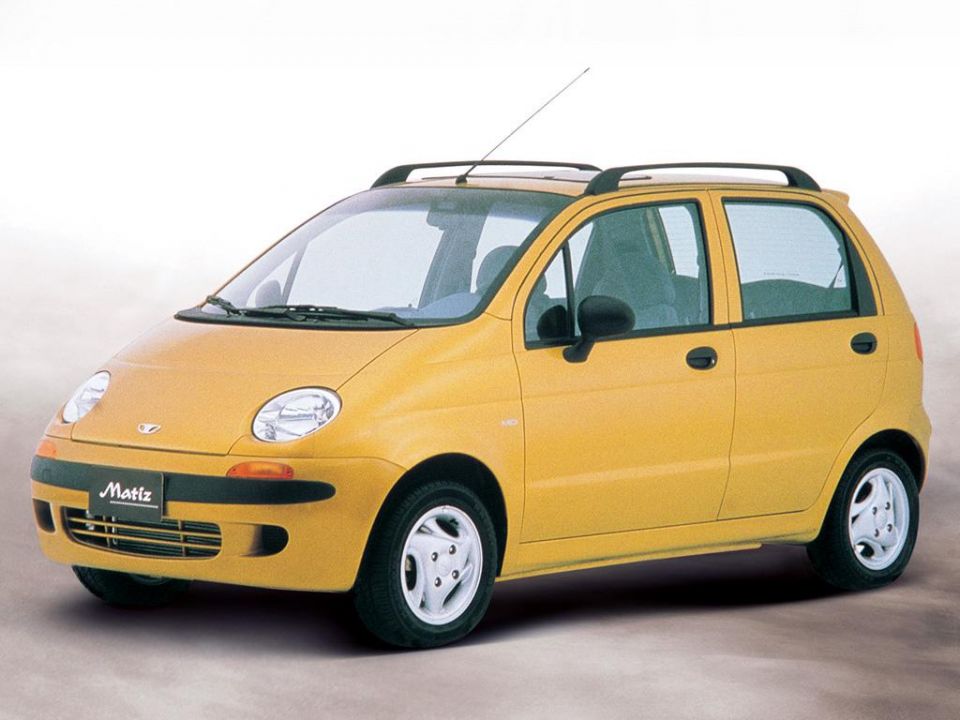
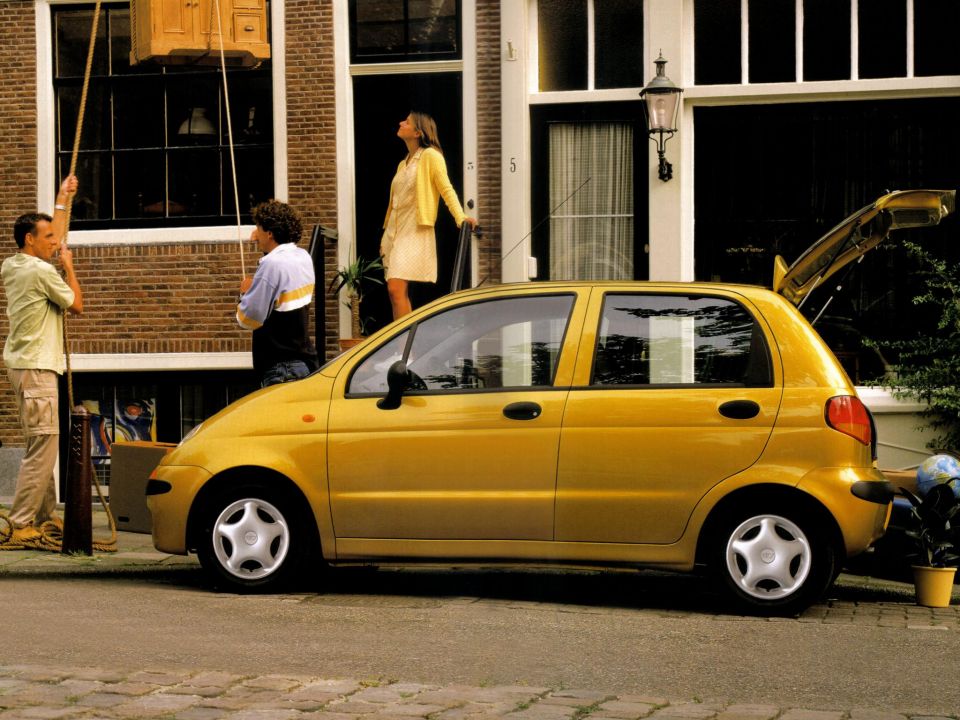
Tied for cheapest car of 2000 with the Daihatsu Handi, this little tiddler had a palette of bright colours, wild cloth upholstery, and a frog-like face that made the Daihatsu Handi look positively dull. The slightly more expensive Sirion matched it in terms of visual impact, though.
The Matiz was the first Daewoo city car to be exported to Australia and replaced the Tico, a small hatchback based on the 1988 Suzuki Alto. Underneath its quirky styling, there were plenty of components retained from the Tico, including its 0.8-litre three-pot co-developed by Daewoo and Suzuki.
It produced just 38kW of power and 69Nm of torque and was mated exclusively to a five-speed manual transmission, sipping 6.4L/100km on the combined cycle.
Like the Handi, the Matiz was available as a two-seater S “van”, though apparently only in 2000 and 2001. The regular five-seater SE version – perhaps I should use inverted commas for five, too – was priced at $11,000, just $250 more than a Cuore and $1010 more than the two-seater. The S still had a driver’s airbag, air-conditioning, cassette player and a four-speaker stereo.
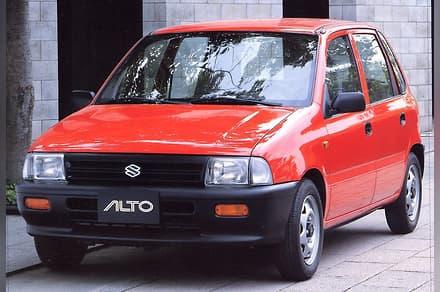
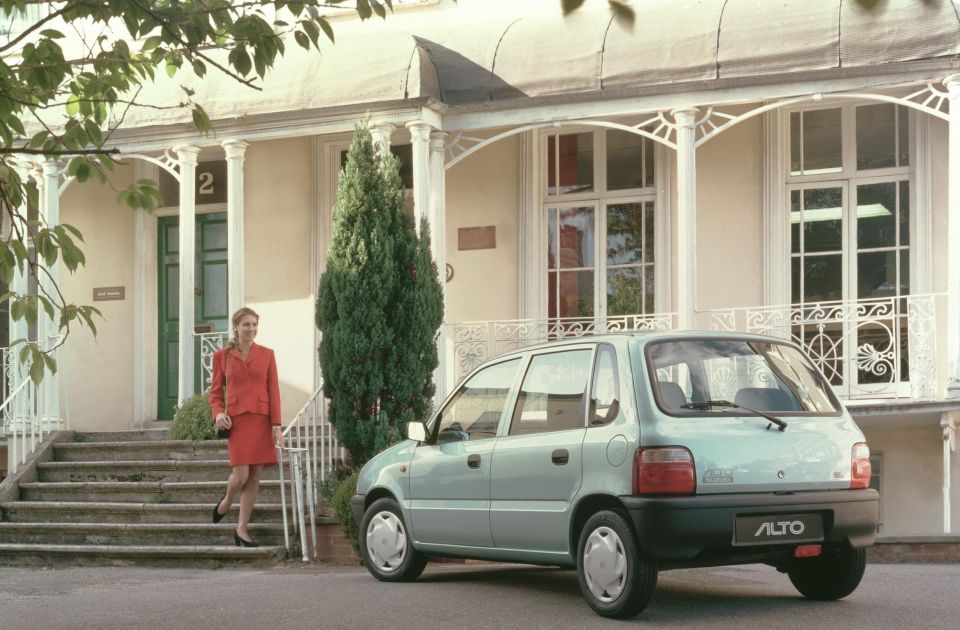
The Alto appears again on this list, serving as Australia’s cheapest car at the very end of its brief 1995-98 run. Only one model was offered, the five-door GL, slotting in beneath the dated, three-door Swift Cino that was priced at $13,990 drive-away.
Initially priced at $12,490 before on-roads, the Alto’s price was reduced to just $9990 drive-away for its final year. Even that didn’t seem to spur sales.
The micro car segment has never been huge in Australia (no pun intended), and so the Alto really only had one direct rival: the Daihatsu Charade Centro. Both featured tall-boy styling, though the Alto sang a different note than the three-pot Daihatsu with its 1.0-litre four-cylinder (39kW/72Nm) and five-speed manual.

How far we’ve come. I’d have no hesitation recommending a Kia Picanto S to a consumer today, but no self-respecting motoring journo would’ve suggested a new car buyer in 1994 hand over $9900 of their hard-earned money for a Lada Volante.
First introduced in 1984 as the Samara, the Lada was the Russian brand’s first front-wheel drive model and didn’t simply reuse Fiat tooling like the Riva. Instead, Lada engineers looked closely at other small front-wheel drive Europeans and created the Samara mostly from scratch.
It belatedly arrived here in 1988, with none other than Peter Brock handling final pre-delivery inspection and ensuring they met Australian Design Rules. Brocky even offered a lightly-modified Deluxe model for sale.
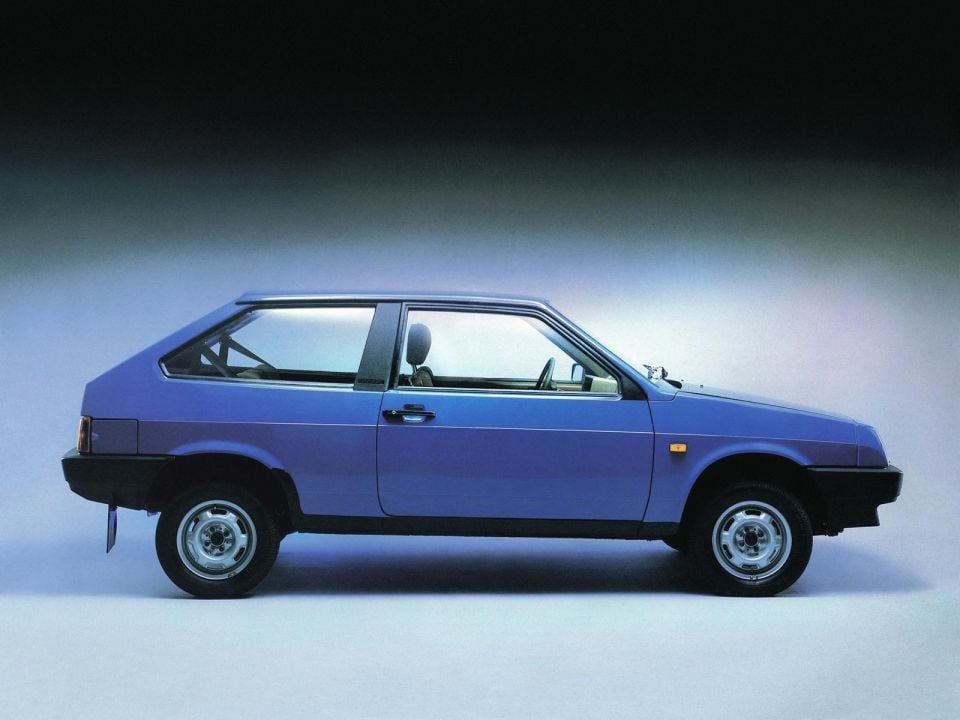
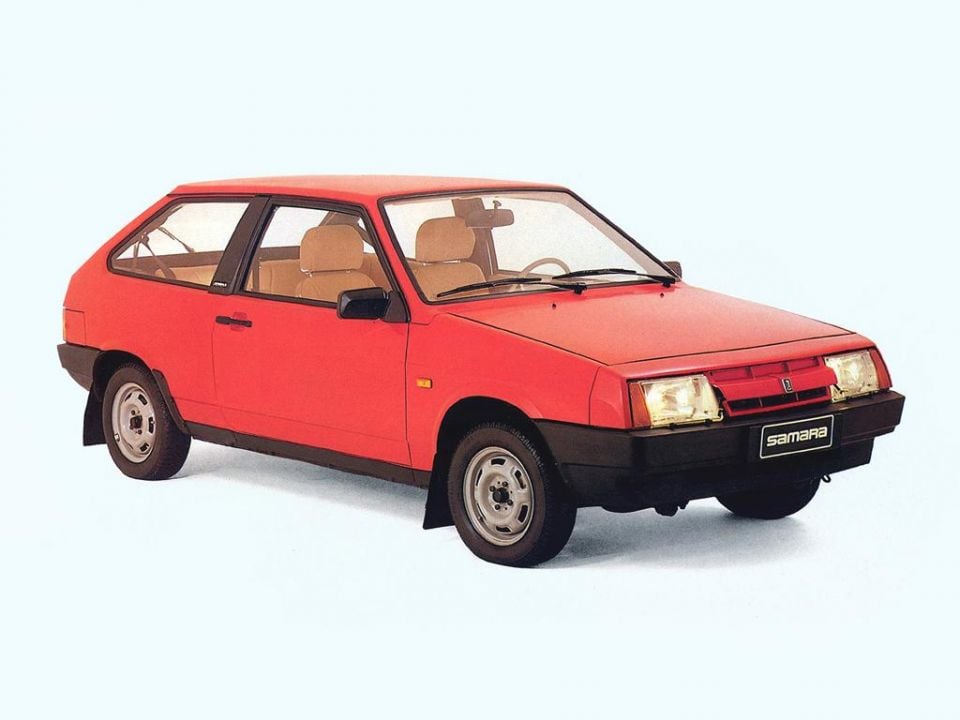
Lada changed the name a few times, though the car looked much the same. The Samara became the 1300 and then the five-door only Cevaro hatchback in 1990 (the Bizivan “van” was dropped).
In 1994, the Cevaro disappeared and Lada offered only the three-door Volante hatchback (sorry Aston Martin) and the four-door Sable sedan. Both used a 1.5-litre four (53kW/107Nm) and a five-speed manual.
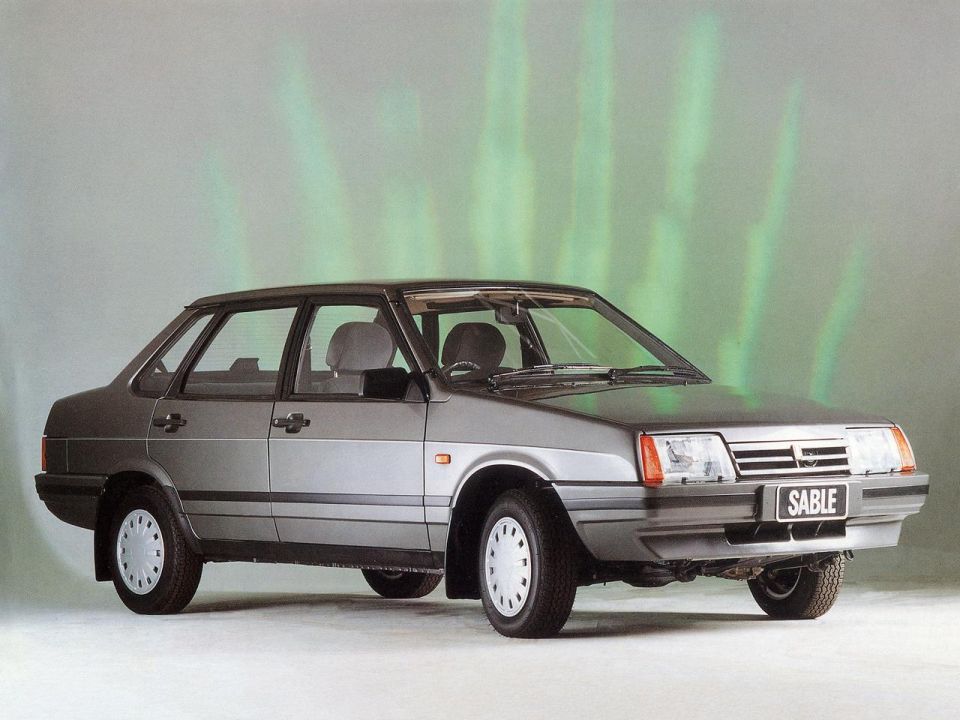
Despite the name, the Sable was more like a rat, costing $3000 more and having nothing to show for it besides a big boot. But the Volante wasn’t exactly terrific value either, considering its indifferent assembly and 10-year old design, though it did undercut even the cheapest Hyundai Excel by around $3000.
Its list price works out to be just over $18,000 in today’s money, and for that you got a radio and not much else.
Buyers weren’t impressed, with the Volante finding only 121 homes in 1994. Supplies dried up the following year and the remaining Samara variants were finally discontinued.
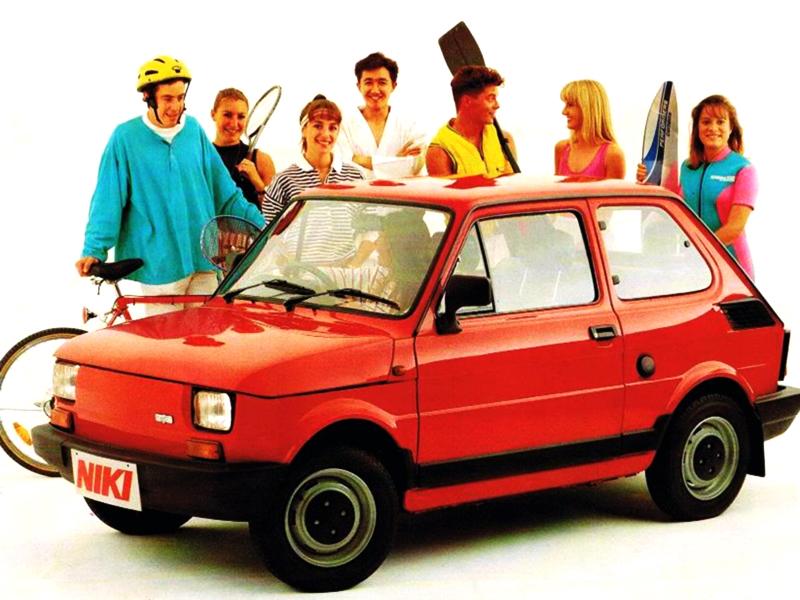
How do you make a Lada Volante look good? Give buyers the choice between it and an FSM Niki.
It’s hard to express just how woeful the Niki was, but we’ll try. Built by Polish automaker Fabryka Samochodów Małolitrażowych (literally: factory of small-size cars), the Niki was based on the 1971 Fiat 126, which replaced the original “Bambino” 500.
What was a perfectly adequate city car for 1970s Italy and a cherished chariot in formerly communist Poland was ill-suited for 1970s Australia and horrid by the time the 1990s were rolling around.
Priced at $7990 at launch and slashed to $5999 by 1992, the Niki was powered by a rear-mounted, pushrod 650cc two-cylinder engine producing 17.7kW of power and 41.2Nm of torque – tiny numbers, though the Niki only weighed 600kg. The only transmission was a four-speed manual which lacked synchromesh on first gear, while the rear suspension employed déclassé swing axles.
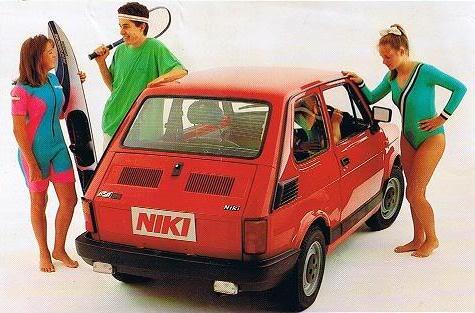
Similarly archaic was the use of drum brakes at both the front and rear, and the lack of adjustable front seat backs, though there were some inclusions – heated rear window, map pockets – that weren’t universally found at this end of the market.
The brochure for the Niki is a hoot, bragging the rear-mounted engine “gives you Porsche-like road-holding ability”. Somehow that one slipped past the ACCC. It also says if you buy a Niki as your first car, it’ll be part of some of the fondest memories of your life (cute!) and will be remembered for the rest of it “if you make the mistake of selling it in 10 years’ time” (ominous).
Pitching a rear-engined, rear-wheel drive car with a 0-100km/h time of around 40 seconds (you read that correctly) as an ideal first vehicle for young Australians was misguided at best, even in a market where Japanese brands were still able to sell two-seater hatchbacks without side-impact beams as “vans”.
For an enthusiast of early-1970s micro cars, the idea of a new one in showrooms was swell. For everybody else, the Niki was best avoided.
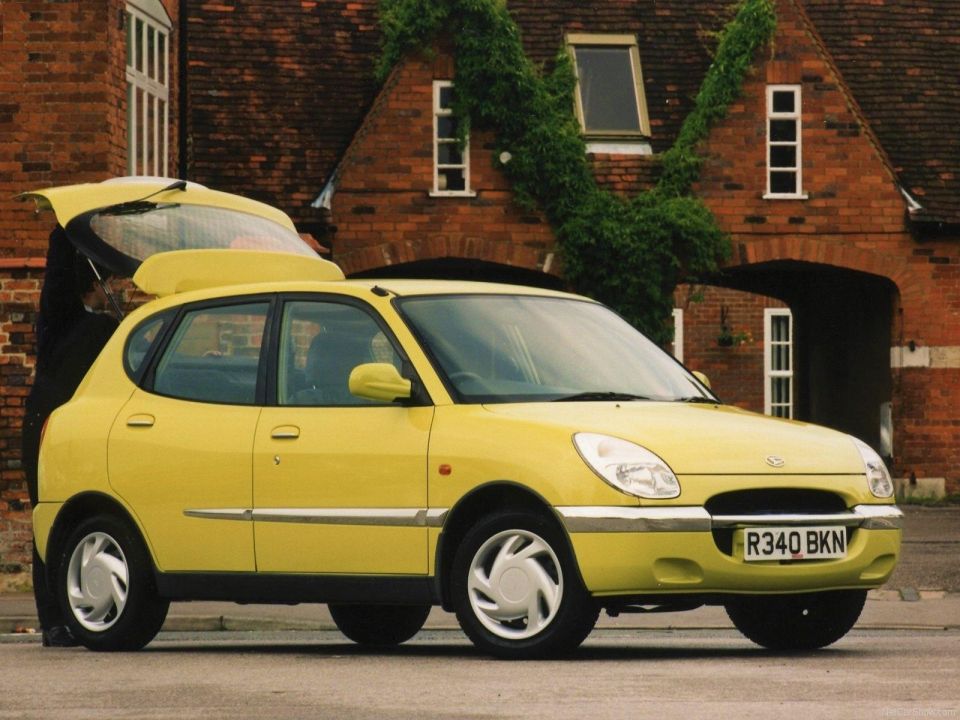
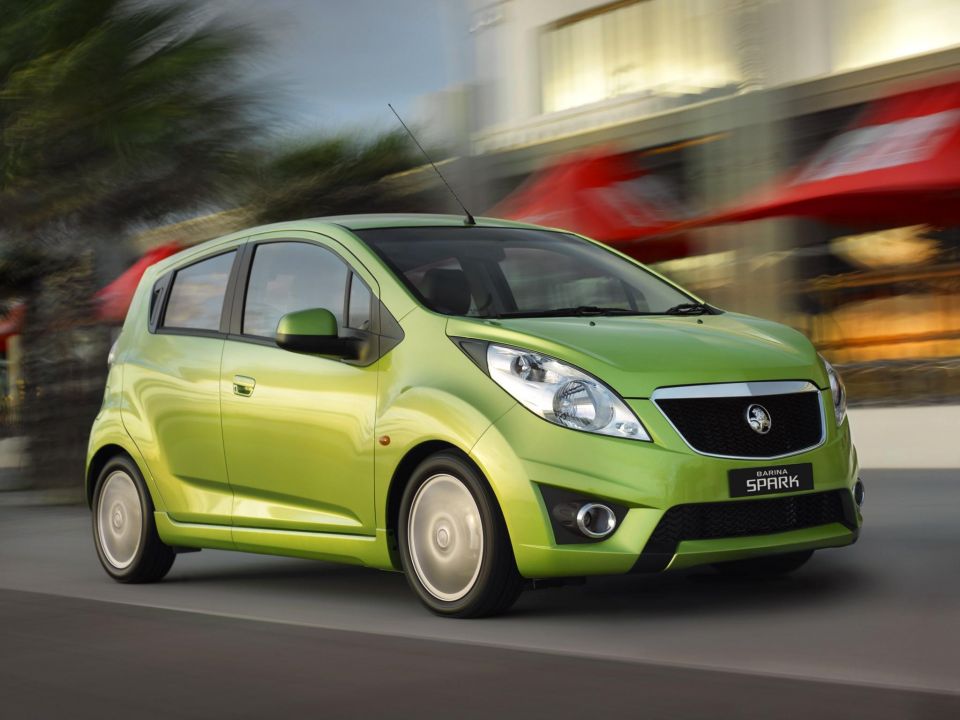

Plenty of cars missed this list by just a few hundred dollars, from conventional hatchbacks like the Daihatsu Sirion, Holden Barina Spark, Nissan Micra, and Suzuki Celerio to offbeat models like the Daihatsu Move and off-brand models like the Geely MK.
We’ve come a long, long way from the days of the FSM Niki being Australia’s cheapest car. Ok, so it’s inflation-adjusted price would be around $11,500 in today’s money but, let’s get real, the Niki wasn’t at the top of most shopping lists. And if it was, it shouldn’t have been so long as there were used Ford Lasers around.
The next cheapest car in 1992, the two-seater Subaru Fiori, would be around $17,000 in today’s money. For that outlay, you got a car without even side-impact beams or rear seats, which had a sub-1000cc engine under the bonnet, and probably would’ve folded like a cheap card table in a crash.
Compare that with a Kia Picanto or Mitsubishi Mirage and their raft of safety features and creditable ANCAP ratings, and you can see buyers at this end of the market are actually pretty lucky.
William Stopford is an automotive journalist with a passion for mainstream cars, automotive history and overseas auto markets.


Max Davies
2 Hours Ago


William Stopford
2 Hours Ago


Derek Fung
3 Hours Ago


Max Davies
10 Hours Ago


William Stopford
1 Day Ago


Ben Zachariah
1 Day Ago